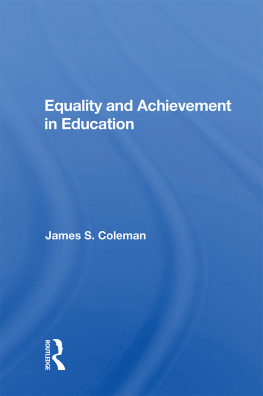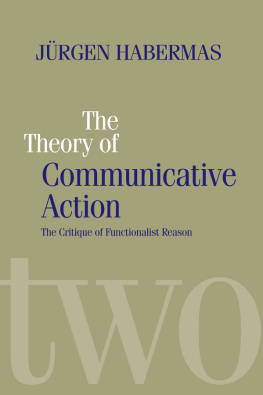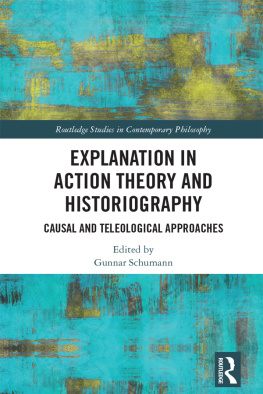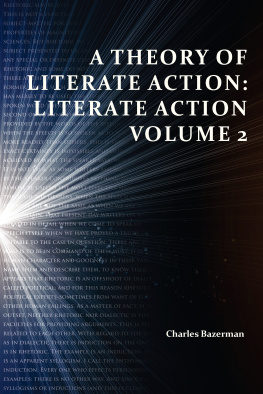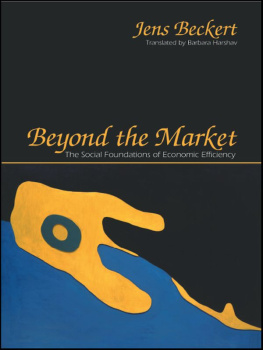First published 1973 by Transaction Publishers
Published 2017 by Routledge
2 Park Square, Milton Park, Abingdon, Oxon OX14 4RN
711 Third Avenue, New York, NY 10017, USA
Routledge is an imprint of the Taylor & Francis Group, an informa business
All rights reserved. No part of this book may be reprinted or reproduced or utilised in any form or by any electronic, mechanical, or other means, now known or hereafter invented, including photocopying and recording, or in any information storage or retrieval system, without permission in writing from the publishers.
Notice:
Product or corporate names may be trademarks or registered trademarks, and are used only for identification and explanation without intent to infringe.
Library of Congress Catalog Number: 2005051921
Coleman, James Samuel, 1926
The mathematics of collective action / James S. Coleman; with a new
introduction by Robert B. Smith.
p. cm.
Originally published: Chicago: Aldine Pub. Co., 1973. (Methodological
perspectives)
Includes bibliographical references and index.
ISBN 0-202-30790-5 (pbk.)
1. Social actionMathematical models. 2. Decision making
Mathematical models. I. Title. II. Methodological perspectives.
HM529.C65 2006
302.301513dc22
2005051921
ISBN 13: 978-0-202-30790-9 (pbk)
AldineTransaction Introduction
Robert B. Smith
James S. Coleman was a modest man who achieved immodest goals. In his biographical statement circa 1973 that appeared in the original edition of this book he mentions only four other books: Community Conflict, Introduction to Mathematical Sociology, The Adolescent Society, and Adolescents in the Schools. He neglected to mention other important articles, books, and reports that he had authored or coauthored by that time. These works include Union Democracy (Lipset, Trow, and Coleman, 1956), Equality of Educational Opportunity (with others, 1964), Power and the Structure of Society (1973), and these salient applications of mathematics to sociological problems: Some of Rashevskys Social Behavior Models (1954), Models of Change and Response Uncertainty (1964), and Medical Innovation: A Diffusion Study (with Katz and Menzel, 1966).
By 1973, when this book was first published, the three major directions of Colemans work became clear: educational policy research, statistical research methods, and theoretical sociology. All are rooted in his doctoral studies at Columbias sociology department and his research at its Bureau of Applied Social Research. Different canons of excellence are applicable to each of these types of research; Coleman mastered all three. sorts out the bibliographical references to his books as they appear in Harvards HOLLIS system, which is available to the general public; for the details of publication see that source or any major research library. Only twenty years after he had received his Ph.D., his creativity and productivity surpassed the lifetime achievements of the best American sociologists.
Regarding educational policy research, delineates a highly focused series of cumulative studies from The Adolescent Society (1961) through Redesigning American Education (1997). The title of the latter indicates one of Colemans immodest goalsto redesign American education, making it more rigorous and fair. Toward doing so, Coleman conducted empirically sound survey research studies that informed contentious social policies. He thus participated in two worlds, that of the scientific discipline of educational research and that of social policy. In the world of the scientific discipline, which requires objectivity, he viewed the empirical relationships among the variables he studied as historically limited, pertaining to a specific sampled population at a particular historical period of time. When the data allowed, he would study change over time, developing dynamic empirical theories. He would seldom generalize his empirical findings beyond the time periods and samples of populations that he studied. In the world of action, however, which may allow advocacy, he would use survey results to bolster the educational policies that he favored (Coleman, 1972, pp. 1415).
Figure 1 James S. Colemans Three Focuses of Research
Regarding statistical research methods, his methodological contributions begin with Union Democracy, a study in the classic, tabular-analytic tradition of the Bureau. This study posed problems that Coleman eventually solved: to develop statistical measures of effect and statistical significance that could quantify relationships among the weakly measured variables of surveys like those conducted at the Bureau. He solved this problem and other related problems via his process model that is continuous in time, discrete (or continuous) in space, and stochastic. After 1981, when he published Longitudinal Data Analysis, further development of these structural statistical methods was not his major priority, but some of his students and colleagues did continue this line of work (Spilerman, 1976; Mazur, 1976; Tuma and Hannan, 1984; Smith, 2003), and he applied his model in his Foundations (1990, pp. 904931).
Regarding theoretical sociology, in contrast to his empirical research in education and his structural statistical models, Colemans abstract and general theory in this book comprises concepts and general hypotheses that are assumed to hold universally in various domains at all times. He tests this theory by documenting its implications for a wide range of substantive problems. Ideally, he would also empirically test and elaborate the theorys structure and implications in cumulative observational studies and experiments. Unlike Coleman, sociological abstract theorists often ignore the limits to the generality and applicability of their conceptions and hypotheses as these bear on empirical structures and processes. Colemans stream of abstract and general theorizing about individual interests and collective behavior begins with his explication of the highly deductive models of Nicolas Rashevsky, a biologist who modeled social behavior by applying mathematical structures that were useful in biology. Colemans explication, and the applications of mathematics by others whose contributions influenced his later work, appear in Mathematical Thinking in the Social Sciences, edited by Paul F. Lazarsfeld (1954).
To study how the rational pursuit of individual interests can lead to the formation of macro patterns, Coleman developed an educational game that simulates a simple legislature. The mathematical theory that this book presents formalizes aspects of this game, which Coleman generalizes and applies to other problems. His Carnegie Games Project spawned other educational games that also elucidated how micro-level actions can create macro-patterns; see the books edited by Boocock and Schild (1968) and Inbar and Stoll (1972). Colemans subsequent mathematical theorizing, which culminates in


